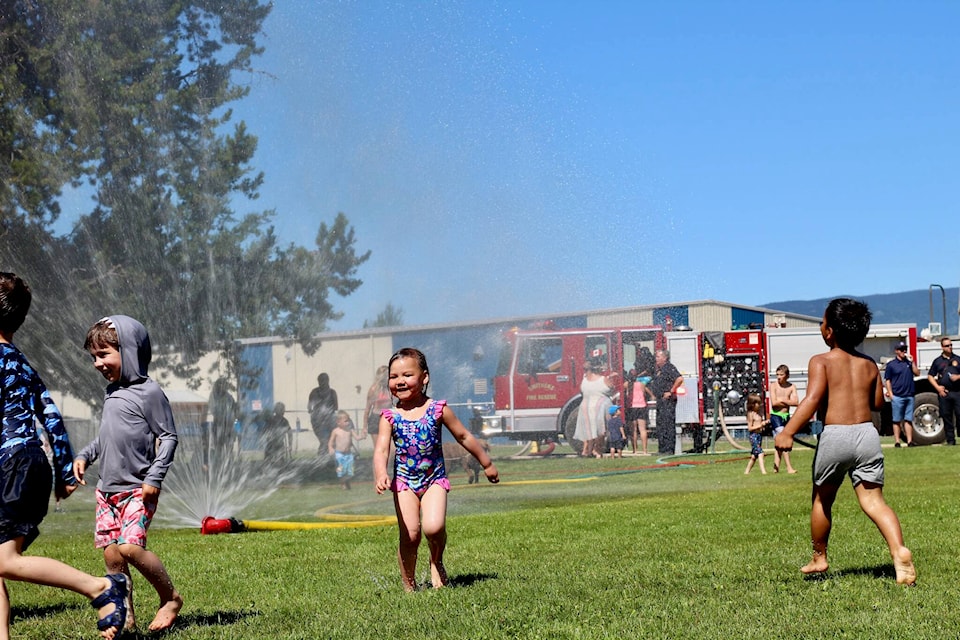The town of Smithers and the Village of Telkwa are putting together an extreme heat response plan and risk reduction strategy.
Michael Hominksy of Calian presented the report to Smithers council recently.
Smithers and Telkwa got the funding for the report through the Community Emergency Preparedness Fund which is a suite of funding programs intended to enhance the resilience of First Nations and local governments in responding to emergencies. Funding is provided by the Province of BC and is administered by Union of BC Municipalities.
The funding became available because extreme temperatures are a significant threat to communities across British Columbia. The province feels as the climate changes extreme temperatures are posing a growing risk to the health and well being of community members and disrupting natural systems. This could lead to serious economic losses and infrastructure damages.
The government thinks it is important for communities to understand the risks associated with extreme temperature, and how to prepare, adapt, and mitigate these risks.
“This project has a few different components,” explained Hominksy to council. “One is the climate trend analysis. So that’s looking at the evolution of extreme heat over different periods of time. So we’re able to look back to history, historical data, and projecting the future.
“We understand extreme heat is a hazard. But we also know that extreme heat brings a lot of other hazards with it. So we took a look at that and identified what other hazards Smithers and Telkwa could be encountering during extreme heat events, then we looked at the community risk landscape understanding that certain demographics and populations might have a bit more challenges during an extreme team match.
“And then we looked at risk treatment options, so we can mitigate those challenges. And then finally, we developed the extreme heat response plan, because looking at the climate trend, and the data, extreme heat is here to stay. And we’re going to be experiencing that during the summer season. So we have to be prepared for it.”
Calian started off with local data collection, then conducted interviews and two workshops— a risk identification workshop and a community vulnerability workshop. All of that got developed into an extreme heat response plan, risk reduction strategy, as well as a risk assessment.
The risk treatment options include:
• Exploring urban planning structural mitigation for extreme heat (shaded public areas, reflective/white or green infrastructure)
• Providing hazard risk reduction learning materials on the Smithers, Telkwa, and RDBN websites and social media
• Collaborating with BC Wildfire to develop wildfire mitigation strategies (FireSmart, Prescribed Burns)
• Developing an extreme heat communications plan in partnership with the Northern Health Authority and the RBDN
The report is just being finalized now and will be presented to town and village councils to decide what risk treatment options to adopt, if any.
